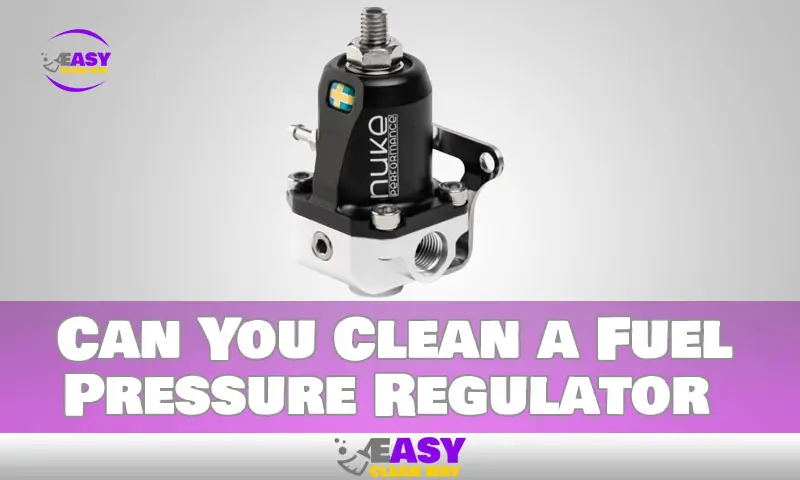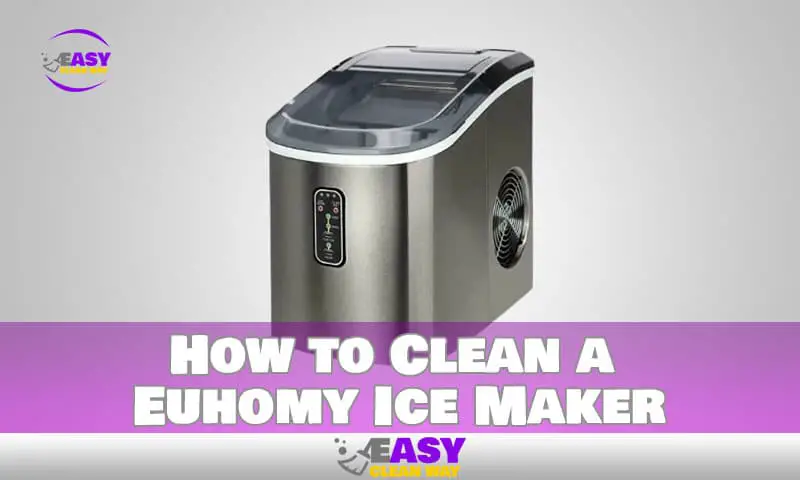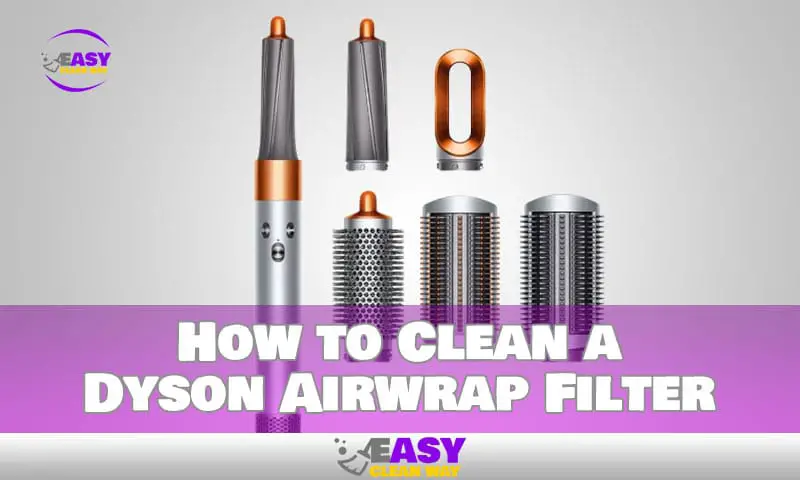Cleaning a fuel pressure regulator is something that should be taken seriously.
For most people, the job of servicing and maintaining their vehicles is a necessary but unpleasant task. However, there are some steps in vehicle maintenance which are more risky than others – one of these tasks is cleaning a fuel pressure regulator (FPR).
In this blog post, we’ll be discussing why it’s important to take extra caution and take the necessary steps when cleaning a FPR. We’ll also look at the risks associated with not taking proper precautions and what can happen if you don’t do it correctly.
By understanding the nature of this task and taking the appropriate steps, you can save yourself from potentially dangerous accidents or expensive repairs down the line. We hope by reading this post you’ll have all the information you need to safely clean your FPR and keep your car running like new.
What Is a Fuel Pressure Regulator?
The fuel pressure regulator is a part of your vehicle’s fuel system that controls the pressure of the fuel coming from your fuel pump. This is essential, as it helps to keep your engine running safely and efficiently.
It’s important to note that you should never attempt to clean a fuel pressure regulator yourself. This job requires special tools and technical knowledge, so it’s best left to a professional mechanic or technician.
However, if you understand the risks and know what you are doing, it is possible to clean a fuel pressure regulator yourself. First, it’s necessary to disconnect the fuel pump fuse and de-pressurize the fuel system before attempting any repairs. Then, you’ll need to remove the vacuum line and o-ring from the regulator. Next, use a carburetor cleaner or other cleaning solution to thoroughly clean the components before reassembling them and reconnecting the hose and o-ring. Finally, reattach the fuse for the fuel pump and start your car—if all went well, then you’re set!
Can You Clean a Fuel Pressure Regulator?
Cleaning a fuel pressure regulator is possible and usually recommended for the novice DIY mechanic. It’s important to note, however, that if the fuel pressure is too low or too high, it could be indicative of a larger problem with the fuel system and should be looked at by a professional mechanic to ensure safety and proper performance.
When attempting to clean a fuel pressure regulator, you should start by carefully disconnecting the fuel pump fuse. This will stop any electrical current going to the pump. After that, you can use a carburetor cleaner to spray into the fuel pressure regulator, which will break up any dirt or debris stuck in it. Once you’ve done this, you can reassemble everything and check for proper pressure.
It’s highly recommended that if there are any signs of corrosion or wear on the regulator itself, it should be replaced as cleaning will not restore its original condition or performance. Following proper procedures and using correct tools is key to avoiding accidents or potential damage to your vehicle.
What Are the Risks and Warnings Associated With Cleaning a Fuel Pressure Regulator?
When it comes to cleaning a fuel pressure regulator, it pays to be safe. There are several risks and warnings to bear in mind:
High Fuel Pressure
A faulty fuel pressure regulator may result in fuel pressure that is too high. This can cause an overly rich running condition, resulting in poor performance and stalling.
Uncoiling Spring
The uncoiling spring inside the fuel pressure regulator has enough tension to cause injury if not handled correctly, so proceed with caution when cleaning.
Spilled Fuel
Due to the presence of volatile organic compounds (VOCs), spilled fuel must be completely wiped up immediately and disposed of in accordance with local regulations. Make sure any tools used during the process are non-sparking and have no static build-up.
Steps to Take if You Decide to Clean Your Own Fuel Pressure Regulator
If you’re determined to go ahead and clean your fuel pressure regulator, there are a few steps you need to take to ensure the process is done properly. Before attempting any methods to clean the regulator, make sure that the fuel system is completely de-pressurized – this can be done by carefully disconnecting the fuel pump fuse and allowing the fuel system adequate time to release pressure.
Turning to a Professional for Help: When and How
If you’re feeling overwhelmed by the process of cleaning a fuel pressure regulator, it’s always a good idea to consult a professional. A specialist can not only identify and fix any issues, they can also offer helpful advice on the best way to go about maintaining your car’s fuel system.
When to turn to a professional? If you find yourself unable to clean the regulator yourself, if you are unsure of the safety measures necessary when working with fuel systems, or if your car isn’t starting even after cleaning the regulator—these are all good indicators that it’s time to call in an expert.
How can you find a qualified service person? Start by asking friends, family, or co-workers for referrals—many of them will be happy to advise you on who they trust or distrust. You can also contact your local automotive shop for suggestions on reputable professionals with expertise in fuel system maintenance. Finally, online review sites are always great resources for finding qualified mechanics.
Wrapping Up: Making Sure You’re Safe
Wrapping up the topic of cleaning a fuel pressure regulator requires one last reminder: Don’t risk it!
It may seem like a simple job to clean your fuel pressure regulator, but the safety risks simply aren’t worth it. Make sure to release the fuel pressure and test your system for pressure, volume and electrical integrity before attempting to undertake this job. Ultimately, if you’re not sure of the process or how to stay safe, it’s better to contact a professional than do something that could put yourself and your vehicle in danger.
People Also Like: How to Clean Eyebrow Spoolie
Conclusion
To recap, when it comes to cleaning a fuel pressure regulator, the best practice is to not risk it. It is possible to clean the regulator, but it is not recommended due to the risk of damage or contamination. If the regulator is malfunctioning, it is best to replace the part altogether. A fuel pressure regulator is a vital component in the vehicle and needs to be in working order at all times. Therefore, it is important to prioritize safety and properly maintain the part to ensure your vehicle is working as efficiently as possible.
Hey there! I’m Alton Smith, your Clean Expert blogger. I’m on a quest to help you conquer chaos and embrace the joys of a tidy life.





